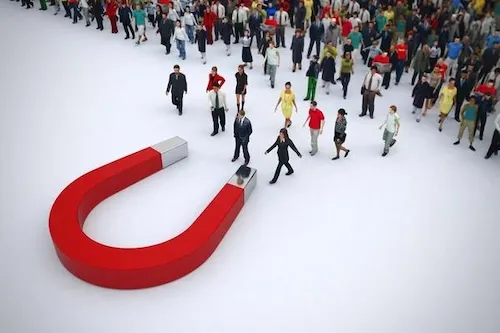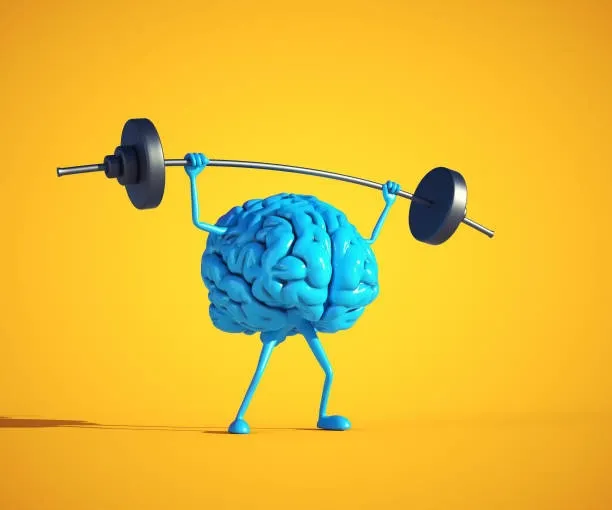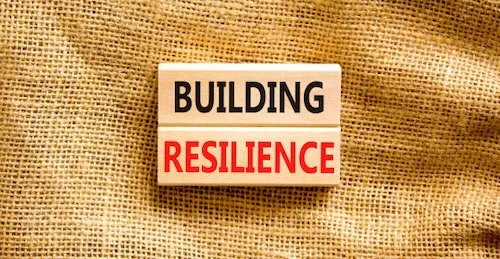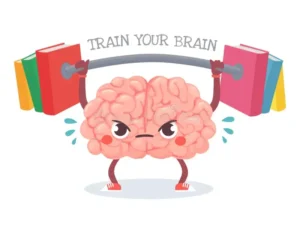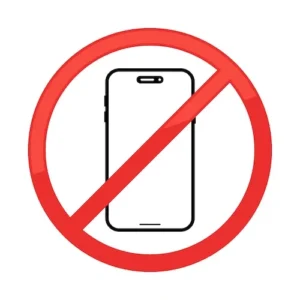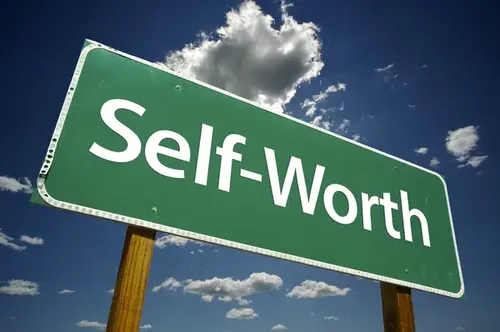Movement Is Medicine: How Physical Exercise Rewires Your Brain for Focus, Mood, and Motivation
Jordan stared at the computer screen, the cursor blinking mockingly as another deadline loomed. Yet he couldn’t seem to find the motivation to take the next step.
Brain fog, anxiety, and mood swings had become constant companions – the price of mastering the art of sitting still for hours. And trying to find the energy to exercise after a long day of work seemed impossible.
Sound familiar?
We live in a sedentary world – and stories like Jordan’s are becoming the norm. At AlignUs, we understand this struggle intimately.
As a platform for social impact that values whole-person wellness, we recognize that physical movement isn’t just about building muscle—it’s fundamental to how our brains function, process emotions, and maintain focus.
The science is clear: movement is medicine for the mind. On our personal development platform, we’ve seen countless members transform not just their bodies but their mental landscape through intentional physical activity.
Let’s explore how movement is essential for cognitive function, emotional regulation, and overall brain health – and how you can leverage this knowledge to grow.
Why Exercise Is Mental Health in Motion
When you move your body, you’re literally changing your brain. Exercise increases blood flow to the brain, stimulates neurogenesis (the creation of new brain cells), and enhances neuroplasticity. This is the miraculous way your brain can form new neural connections and adapt to challenges.
Research shows that regular physical activity increases hippocampal volume and improves memory performance. For members of our healthy lifestyle community, this translates to better cognitive function, sharper focus, and enhanced learning capabilities.
Key Neurochemical Players
The mental benefits of movement are largely found in four key brain chemicals – each of which plays a role in helping us feel good, stay focused, and become more resilient to stress.
- BDNF (Brain-Derived Neurotrophic Factor): Often called “Miracle-Gro for the brain,” BDNF supports the growth of new neurons and synapses. On our personal development platform, we recommend strategic cardio sessions before creative work to capitalize on this BDNF boost.
- Dopamine: This “motivation molecule” drives reward-seeking behavior and provides satisfaction when you accomplish goals. As part of our platform for social impact, we emphasize how improved dopamine function benefits individual wellness and enhances our capacity to engage meaningfully with causes larger than ourselves.
- Serotonin: This “mood stabilizer” helps regulate anxiety and overall mental well-being. Physical activity boosts serotonin levels naturally, creating effects similar to antidepressant medications but with added physical benefits.
- Endorphins: These natural painkillers and mood elevators create feelings of pleasure and well-being while reducing pain perception. These natural mood enhancers provide a healthier alternative to the quick dopamine hits we often seek from social media or processed foods.
When these neurotransmitters are properly balanced and functioning, we experience improved mood, better sleep, increased energy levels, and overall improved mental health. This is why incorporating physical activity into our daily routines is crucial for not only our personal well-being but also our ability to positively impact society.
We Need To Talk About Nervous System Regulation
Movement provides a natural way to metabolize stress hormones while activating the parasympathetic “rest and digest” system that promotes calm.
Members of our platform for social impact often report that consistent movement helps them maintain perspective and emotional balance even during challenging times. Why?
Regular exercise also enhances the function of the prefrontal cortex, which is responsible for executive functions like attention, planning, and impulse control. This is why, after a workout, you often find yourself better able to concentrate and resist distractions.
Think about it. Have you ever noticed that when you are feeling overwhelmed or anxious, taking a walk or going for a run helps to clear your mind and calm your nerves?
This is because physical activity triggers the release of endorphins, which are chemicals in the brain that act as natural painkillers and mood boosters!
The Mental Cost of a Sedentary Lifestyle
Yet our world tries its best to keep us still and inactive. From desk jobs to binge-watching Netflix, many of us spend the majority of our days sitting down.
This sedentary lifestyle not only affects our physical health but also takes a toll on our mental well-being.
Cognitive Consequences
The human brain evolved to function alongside consistent physical movement. Without it, cerebral blood flow decreases, oxygen delivery diminishes, and neural connections begin to weaken.
Studies show that sedentary behavior is associated with reduced processing speed, impaired working memory, and diminished executive function—the very cognitive skills we rely on most heavily for professional success.
Within our personal development platform, we often see new members struggle with these cognitive challenges until they establish consistent movement routines.
Research has linked chronic inactivity with accelerated brain aging and increased risk of cognitive decline. When we fail to challenge our cardiovascular system through movement, we’re simultaneously failing to challenge our neurological system, with compounding consequences over time.
Emotional Impact
The sedentary lifestyle doesn’t just dim thinking—it darkens mood. Inactivity leads to a variety of negative outcomes:
- Dysregulation of key neurotransmitters like serotonin and dopamine makes us more vulnerable to negative emotional states.
- Amplified anxiety, as we trigger the stress response but never engage in the physical activity it’s designed to fuel.
- Disrupted sleep quality creates a vicious cycle of poor sleep, worsened mood, and decreased motivation to move.
As our platform for social impact emphasizes, these individual well-being challenges ultimately affect our ability to connect with and contribute to our communities.
Digital Distraction vs. Physical Action
Scrolling social media provides a quick dopamine hit that feels momentarily rewarding but quickly fades. Now think of how physical movement offers a more balanced neurochemical response that includes both dopamine and serotonin, endorphins, and BDNF.
These biochemical changes persist long after the activity ends, creating what members of our personal development platform often describe as a “neurological afterglow.”
By understanding these differences, we can make more intentional choices about how we respond to stress and low energy, breaking the cycle of quick-fix solutions in favor of sustainable brain health practices.
Not All Movement Is Created Equal: How Different Workouts Impact the Brain
So, how can we begin to incorporate more movement into our daily routines in a way that truly benefits our brains? The answer lies in understanding the different types of physical activity and how they impact our neurochemistry.
Let’s start with the most basic form of movement: cardio.
Cardiovascular Exercise
Cardio activities trigger a substantial increase in BDNF production, enhancing cognitive function.
The cognitive impact follows an inverted U-curve: moderate to vigorous activity provides optimal benefits, while extremely intense exercise may temporarily impair cognitive function due to excessive stress hormone production.
Within our healthy lifestyle community, we emphasize finding the “sweet spot” of intensity that leaves you energized rather than depleted. Even brief 10-minute bouts of cardiovascular activity can improve attention and processing speed, though 30-45 minutes appears optimal for mood enhancement.
Strength Training
Resistance training increases IGF-1 (Insulin-like Growth Factor 1), which works with BDNF to promote neuronal growth and cognitive function. It also helps regulate testosterone levels, improving confidence, motivation, and decision-making.
A meta-analysis found consistent evidence that resistance training improves various measures of executive function, particularly in older adults. For those in our personal development platform who struggle with focus and decision fatigue, strength training offers a powerful intervention.
Mind-Body Practices
Practices like yoga, tai chi, and mindful walking effectively shift the body from fight-or-flight to rest-and-digest mode. This shift is reflected in measurable physiological changes: reduced cortisol levels, lowered blood pressure, and increased GABA, an inhibitory neurotransmitter that creates feelings of calm.
Within our healthy lifestyle community, many members report that mind-body practices help them cultivate a greater sense of emotional awareness and control, creating a foundation for improved emotional regulation and resilience.
Matching Movement to Mental State
One of the most powerful insights we share on our platform for social impact is the importance of matching your movement type to your current mental state:
- For anxiety or overwhelm: Rhythmic, moderate activities like walking or swimming help process stress hormones.
- For depression or lethargy: Higher-intensity activities that produce a significant endorphin response can break through inertia.
- For focus needs: Strength training or complex movement patterns requiring concentration can sharpen attention.
- For creativity: Activities that allow the mind to wander while the body moves—like walking in nature—create ideal conditions for insight and problem-solving.
It makes sense, right? When we feel our worst, we can often point back to times when we haven’t moved our bodies at all. Whether it’s due to stress, sadness, or lack of motivation, physical activity can have a powerful impact on our mental state.
So, the question remains: How do we incorporate movement into our daily routines to support our mental health?
Make It a Ritual: How to Build a Brain-Boosting Movement Practice
The Power of Consistency
When it comes to rewiring your brain through movement, consistency trumps intensity. A daily 20-minute walk creates more lasting neural adaptations than a monthly three-hour hiking expedition.
Start with movement so minimal it feels almost trivial—five minutes of stretching or a brief walk. This approach removes the psychological barrier of overwhelm while still initiating the neurochemical processes that benefit brain function.
Strategic Timing
Timing is everything when it comes to establishing a new habit. Plan your movement practice at a time that works best for you, whether it’s first thing in the morning or during your lunch break.
- Morning movement creates a powerful foundation for cognitive function, priming your brain for optimal performance throughout the day.
- Mid-day movement breaks prevent afternoon brain fog and attention fatigue. Even five minutes of vigorous movement can reset neural patterns and replenish depleted attention resources.
- Evening movement rituals help process accumulated stress hormones and prepare the nervous system for restorative sleep. Within our healthy lifestyle community, members who incorporate evening movement consistently report improved sleep quality and reduced nighttime anxiety.
Intentional Practice
Begin each movement session by setting a brain-based intention rather than focusing exclusively on physical metrics. Consider what mental or emotional state you’re cultivating: “Today I’m moving to create mental clarity for my afternoon presentation.”
Consider tracking mental and emotional metrics alongside physical ones. Many members of our personal development platform maintain simple mood and focus scores before and after movement sessions, creating concrete evidence of the mind-body connection.
Overcoming Barriers
For time constraints, embrace “movement snacks”—brief bursts of physical activity integrated throughout your day. For motivation challenges, leverage social connection.
Movement accountability partnerships increase adherence by approximately 80% according to research. Within our platform for social impact, members who engage with community challenges show dramatically higher consistency than those attempting to establish movement habits in isolation.
It’s Time To Live With Higher Agency – Starting With Our Movement
The science is clear: movement isn’t just something you do for your body—it’s essential medicine for your brain. From neurogenesis to stress reduction, physical activity directly shapes cognitive function, emotional regulation, and overall mental well-being.
As part of our healthy lifestyle community at AlignUs, we invite you to start with just one small, sustainable movement habit. This single habit, when practiced consistently, can create a foundation for profound cognitive and emotional transformation.
The journey of rewiring your brain through movement isn’t about perfection or intensity – it’s about consistent practice and intentional awareness.
On our personal development platform, we’ve witnessed countless individuals transform their relationship with both movement and mental health, finding greater clarity, stability, and purpose.
AlignUs Is Your Support In A Journey Toward Greater Health
At AlignUs, our platform for social impact is committed to supporting you in discovering the profound brain benefits of regular, intentional physical activity. Together, we can create not just healthier bodies, but clearer minds and more resilient spirits—one movement at a time.
Join our healthy lifestyle community today and discover how movement can transform not just how you feel, but how you think, focus, and connect with both yourself and the world around you.






